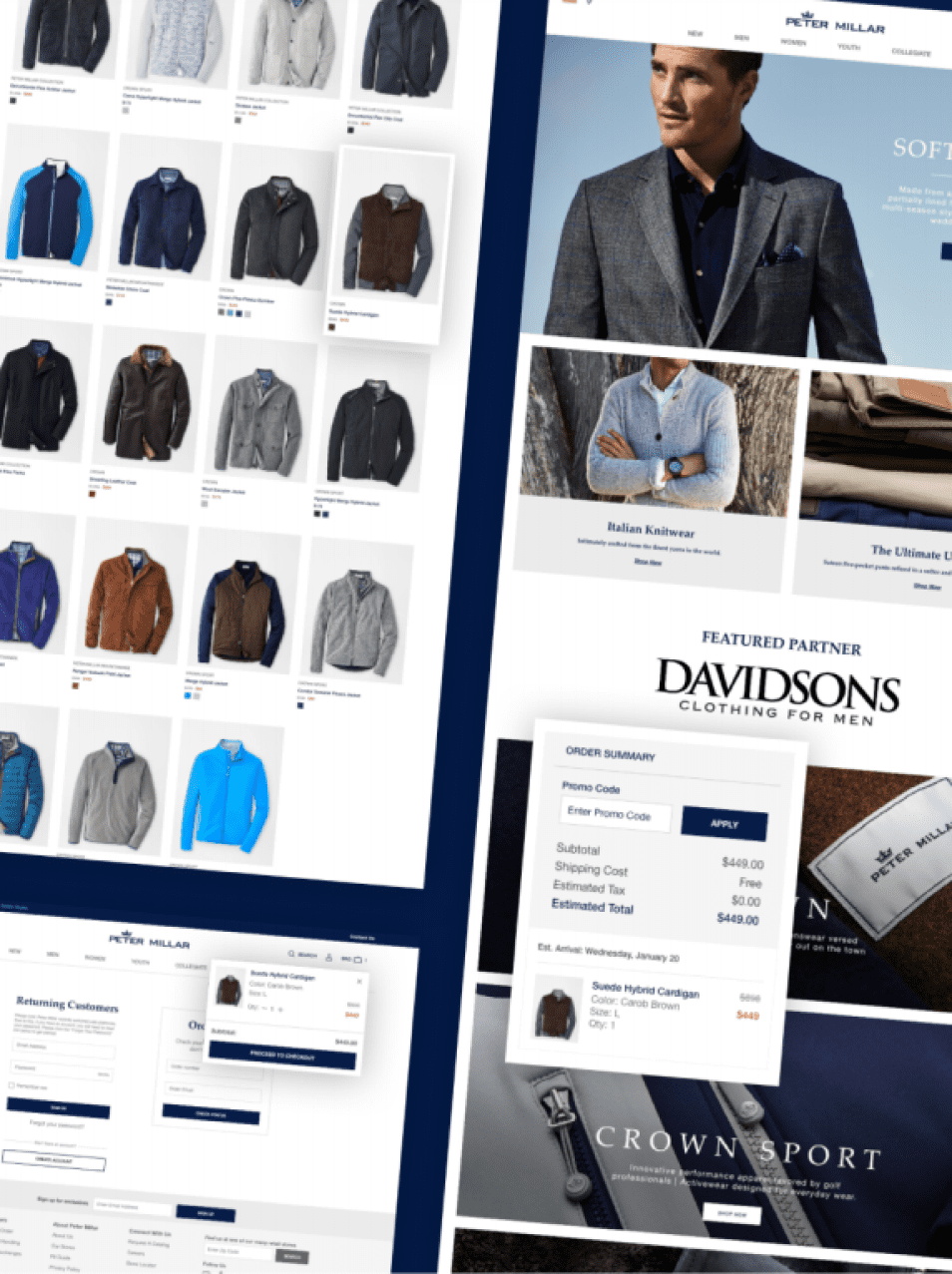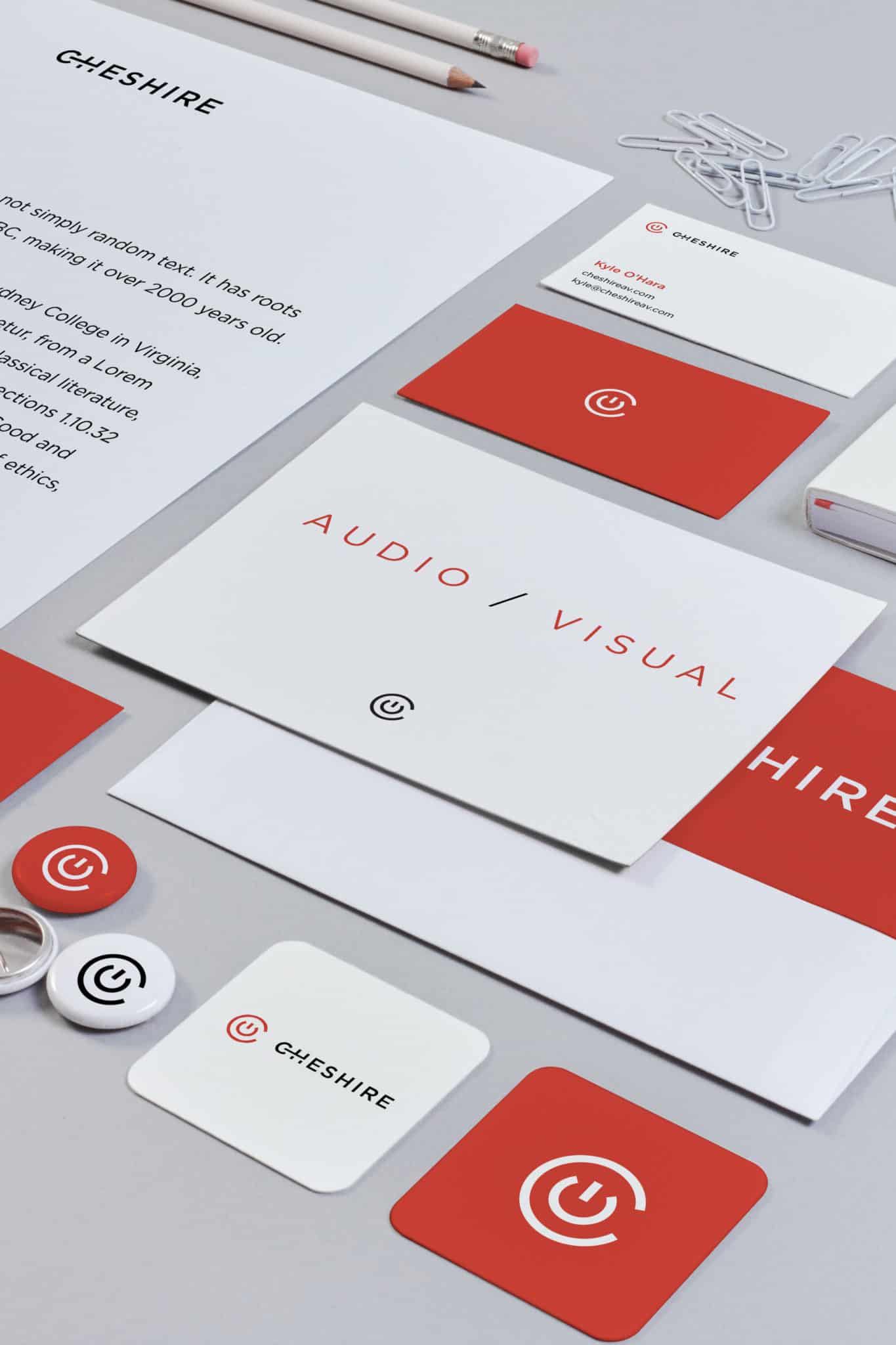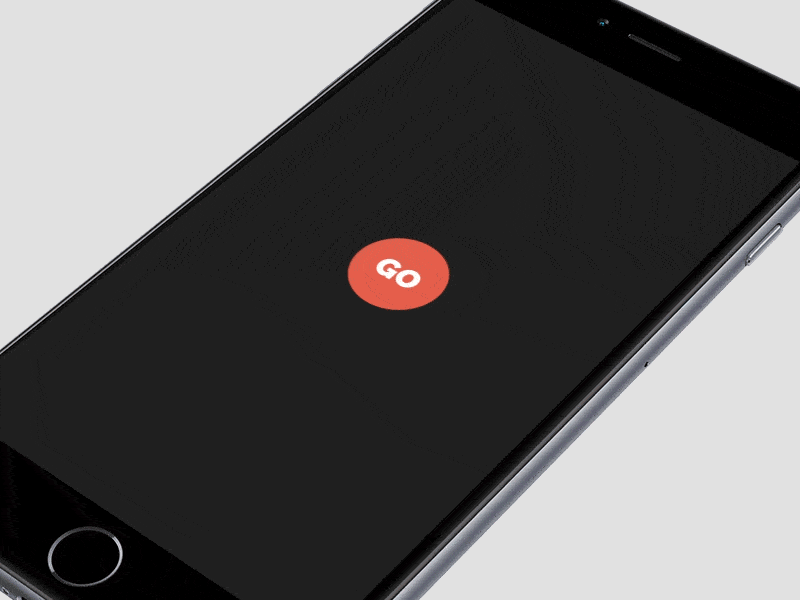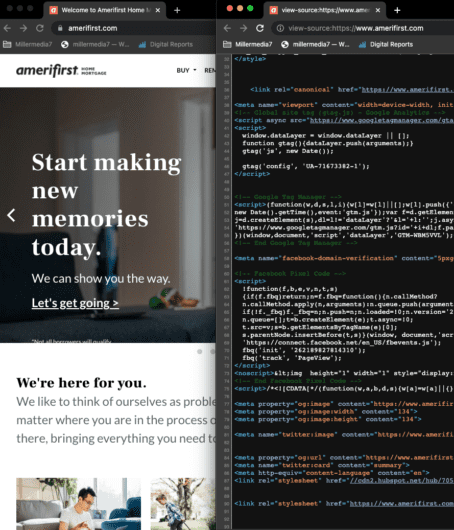
The User Experience Design field is filled with an exciting amalgamation of key terms, buzz words, and terminologies – UX, IA, CX, UCD, IxD, agile UX, lean UX, strategic UX, guerrilla research, emotional design etc.
In fact, there are so many of these curious acronyms and phrases that it can be easy to get confused.
The reality is that some of these terms distinguish essential processes, so they are important to know. Then, on the other hand, some are just industry buzz words or phrases designed to say something about the people who invented them.
Agile UX vs. Lean UX
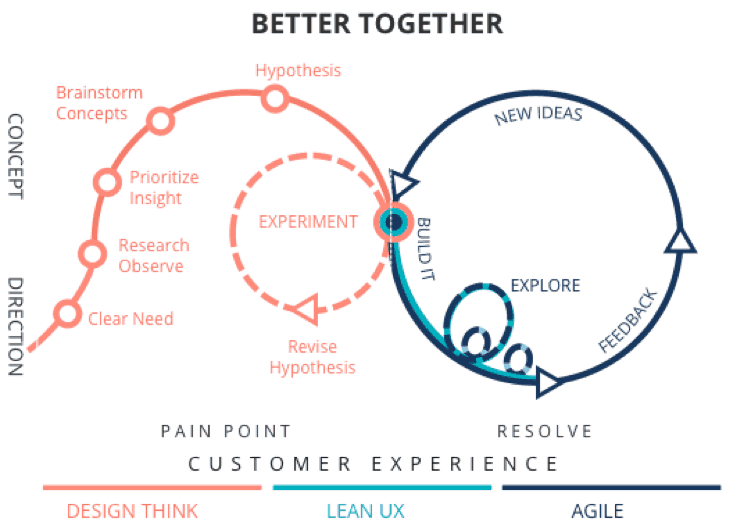
The appearance of ‘agile UX’ occurred shortly after the emergence of ‘lean UX’ and plenty of designers (even the experts) got the two mixed up for a while. The difficulty is that both phrases indicate a robust relationship of design within the overarching process of product development. Both agile and lean UX are concerned with speeding up designs. They both match the diverse perspective of contemporary UX design resources. Nevertheless, it is important to distinguish the two as well. Within common or garden tech discussions, most experts use the terms interchangeably, but are they the same thing?
The Emergence of Lean UX
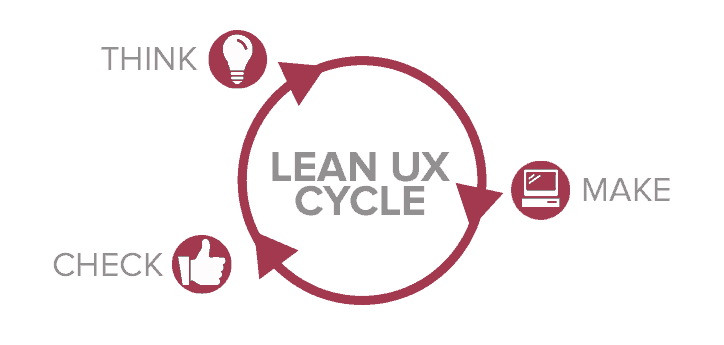
Unlike agile UX methods, the lean counterpart is derived from start-up industries.
The lean UX definition states that the primary emphasis is on helping companies deliver products as fast as possible – sales have to mount up fast if a very young venture is to grow and prosper.
To achieve this, data has to be collected and function as the foundation for a series of iterations of the product.
The objective is to create a minimum ‘workable’ product and get it out to customers as fast as possible.
The steps involved ordinarily include pushing the earliest iteration out very quickly indeed, in order to determine whether there is a demand for it. Following this, actions are taken to move the product towards a much more rounded and comprehensive iteration.
The standard learn development framework assesses projects during the entire development operation. It emphasizes perpetual measurements and consistent learning cycles (create-measure-observe).
Following Lean Operations
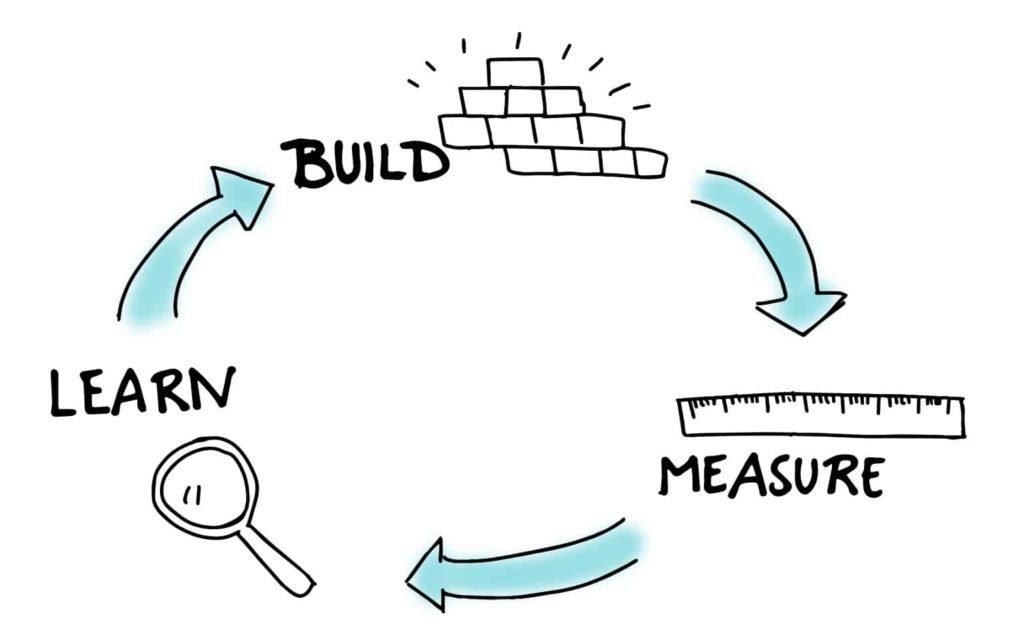
The first stage of the lean operation is always a theory – in other words, you have to state what you expect will happen.
Then, the minimum viable product is built as a way to assess the legitimacy of the theory. Thirdly, a test is carried out on this product and the theory is either confirmed or rejected.
The fourth stage is gathering feedback from users via UX research methods. After this, the stages are either carried out again or, if necessary, a new theory is generated and the stages are restarted.
Agile Development Techniques
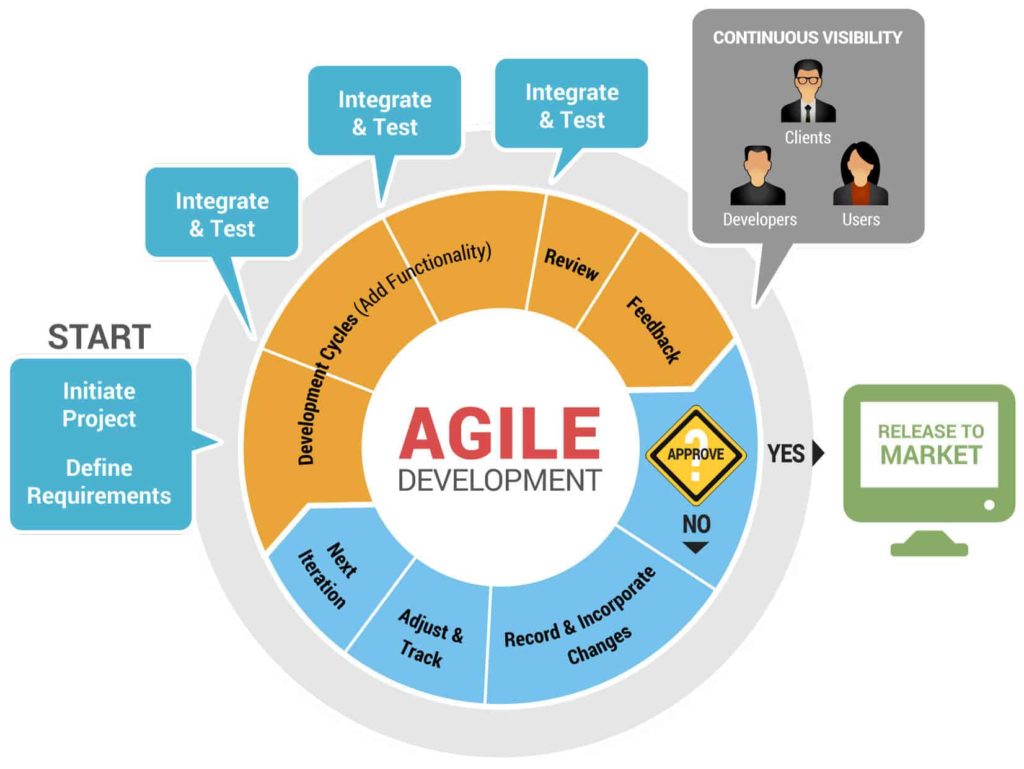
The value of user experience is broadly realized by pretty much all development sectors. However, the industry based acceptance of agile UX standards has been a little more sluggish.
It is consistently increasing though, despite the fact that the quick fire and loose perspective of agile development poses problems for development experts within large scale companies.
This is because it commonly exists in opposition to the conventional techniques already in use; including those inherent within UX design rotations.
Nevertheless, the growing acceptance of agile development is based in the very creation of software.
Historically, design has not always been as highly regarded as it is now and software suffered the most at the hands of this disregard.
In fact, very little focus was ever afforded to the end user – software creation was only concerned with providing outcomes, even if they turned out to be unattractive or impractical.

The typical agile development expert believes that up front scheduling can be out to one side and, probably, just handled as the work goes on.
Yet, even for agile UX methods, it is essential to have a clear insight into the objectives and needs of a project, both in terms of imminent launch and future ambitions (though these may fluctuate over time).
Plus, UX should also be made an important aspect of functional planning. The expert has to be aware of its relationship to the market, be able to generate high level usage prospects, and fully understand the inherent corporate entity forms. If possible, they should also carry out research among prospective users.
Agile followers and standards:
– Individuals and communications before operations and resources
– Viable software before detailed documentation
– Client interactions before contract discussions
– Reacting to alterations before adhering to schedules
Ultimately, lean UX needs to be an adaptable operation. My recommendation is close in nature to the one I would offer when building a minimum workable product; implement the smallest number of resources needed to secure the pivot or persevere point.
The following are resources are useful:
– Conditional personas (correct dimensions)
– Persona map
– Presumptions (with the most hazardous marked)
– Design studio
– Written prototypes (initial phases)
– Digital prototypes (HTML is ideal)
– Guerrilla design analysis (usability tests)
– Colocation where possible
Making the Right Choice for You
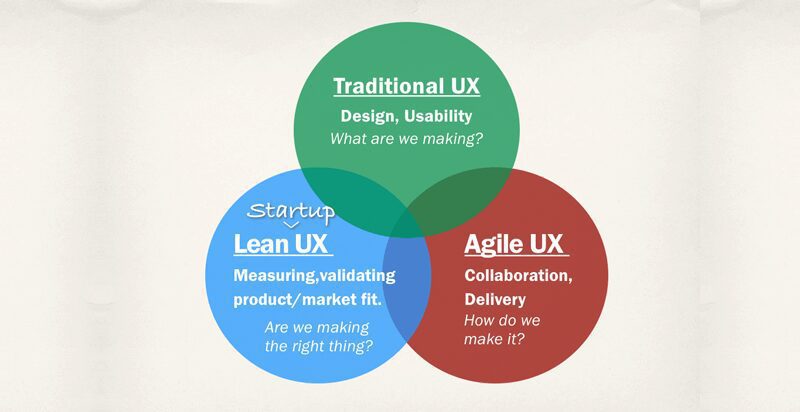
Essentially, agile and lean UX are two different perspectives on the modified design process, tailored to match the way in which customers and users want their products and services to be provided. The lean agile UX process offers two sides of the same design coin, so to speak.
Whilst the words are, commonly, used interchangeably, they end in slightly different ways. For instance, agile UX creates a more refined result, but lean UX creates a series of product iterations which gradually reach a refined result.
Ultimately, agile and lean UX have the same end result, but they reach it via different processes.
To pick the right option for your internet projects, you need to work out which is the most suited to the desired final outcome.
If you have the time and resources to run through multiple iterations (for example, the project is only a side or ‘add on’ venture), opt for lean UX. If you feel like the project requires an ‘instantly’ refined outcome, opt for agile UX methods.







